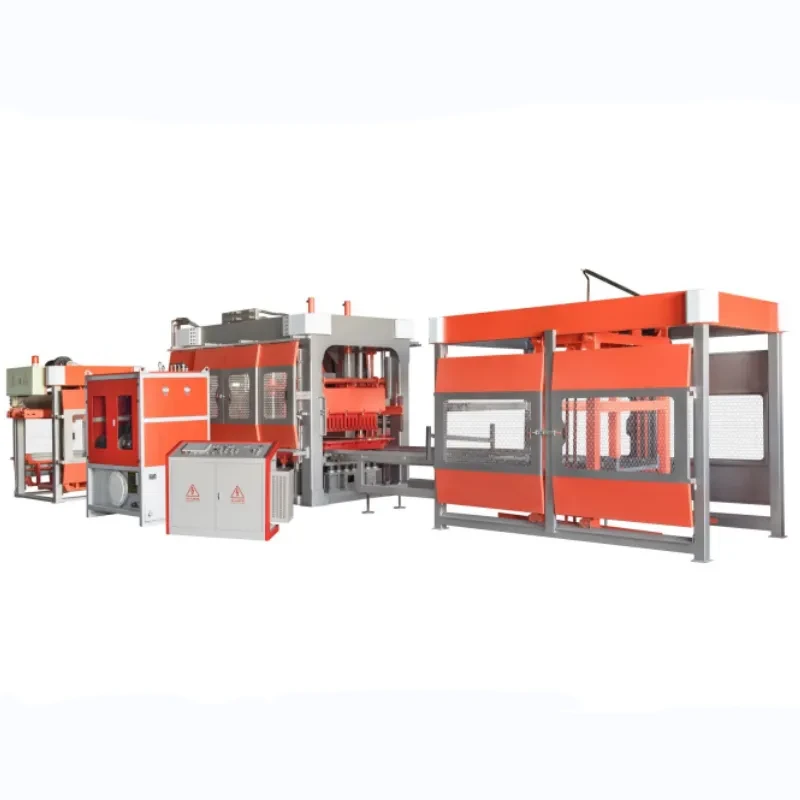How Do You Remove Mold from Cinder Block Walls?
8月 7, 2025
Cinder block walls are a popular choice in basements, garages, and industrial spaces due to their strength and durability. However, they are also highly porous—making them vulnerable to mold growth in damp or poorly ventilated environments. If left untreated, mold not only affects structural integrity but can also pose serious health risks. In this article, KBL Machinery explains effective ways to remove mold from cinder block walls and how understanding the materials behind these blocks—like those made with cinder block making machines—can help in prevention.

Why Mold Forms on Cinder Blocks
Cinder blocks absorb moisture from the surrounding environment, especially when used in underground or humid spaces. Once damp, the tiny pores within the block provide a breeding ground for mold spores. If you’re dealing with this issue, it’s essential to not just clean the surface but also eliminate the moisture source and protect the underlying material.
While modern concrete block making machine supplier products often include additives for mold resistance, older installations are more susceptible—especially if they lack waterproof coatings.
Steps to Remove Mold from Cinder Block Walls
There’s no one-size-fits-all method, but here’s a general approach professionals and homeowners use:
- Ensure Proper Ventilation: Open windows or use exhaust fans to allow air circulation.
- Wear Safety Gear: Gloves, eye protection, and a mask prevent exposure to spores.
- Dry the Area: Use dehumidifiers to reduce air moisture.
- Clean the Surface: Apply a mixture of water and detergent or vinegar. For severe infestations, use a bleach solution (1 part bleach to 10 parts water).
- Scrub and Rinse: Use a stiff-bristle brush to scrub the affected area thoroughly.
- Apply Mold Inhibitor: Once clean, treat the surface with a mold-preventive product.
- Seal the Surface: Use a masonry waterproofer to reduce future moisture penetration.
Avoid using just paint to cover the mold—it may trap moisture inside the block, making the problem worse over time.
Understanding the Role of Block Quality
Mold growth can sometimes be minimized at the manufacturing stage. Leading concrete block-making machine supplier brands like KBL Machinery now offer machines that can incorporate hydrophobic agents or antimicrobial additives during the mixing process. This makes the finished cinder block making machine’s product more resistant to water retention and fungal development.
If you’re asking “what is a concrete block making machine?”, the answer is simple: it’s a precision manufacturing system that shapes, compacts, and cures concrete into uniform blocks used in construction. High-end models offer automation, variable mold options, and adjustable compaction—resulting in denser blocks that are less likely to absorb moisture.
Prevention Is Better Than Cure
Once mold is removed, preventing recurrence is key:
- Inspect for Leaks: Fix foundation cracks, leaking pipes, or exterior water intrusion.
- Install a Vapor Barrier: Especially in basements, this helps reduce moisture seepage.
- Improve Drainage: Ensure that rainwater is directed away from building foundations.
- Use Mold-Resistant Materials: When renovating, select blocks made with modern, moisture-resistant cinder block-making machines.
Why Choose KBL Machinery?
At KBL Machinery, we don’t just build block-making machines—we engineer solutions for durable, high-performance construction. Whether you’re producing standard concrete blocks or moisture-resistant cinder units, our equipment ensures precision, consistency, and long-term value.
We serve clients worldwide who seek automation, production scalability, and compliance with modern construction standards. For those asking what is a concrete block making machine, our team offers full support, training, and technical integration to ensure every unit you produce meets industry expectations.
As a trusted concrete block making machine supplier, KBL Machinery is committed to helping builders and developers reduce material-related issues—such as mold susceptibility—by improving block quality from the source.


